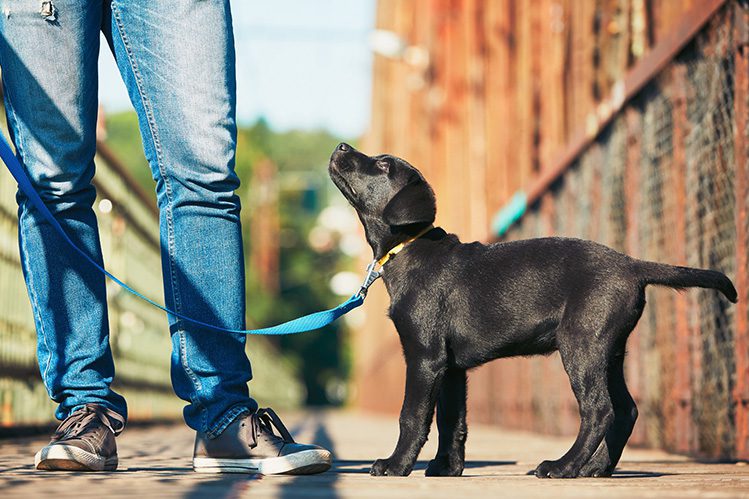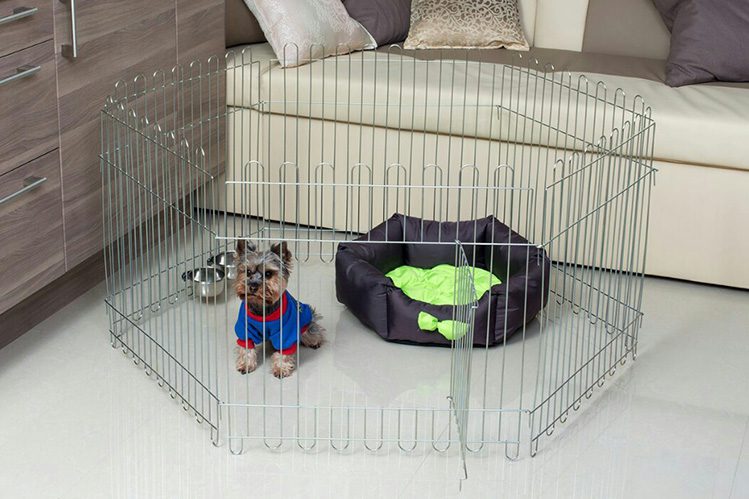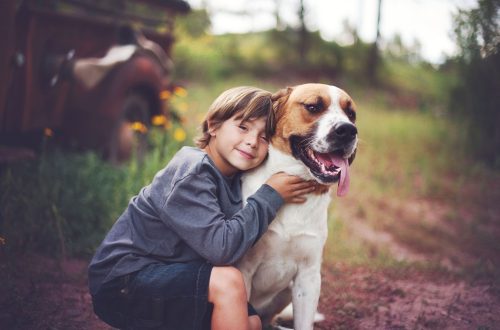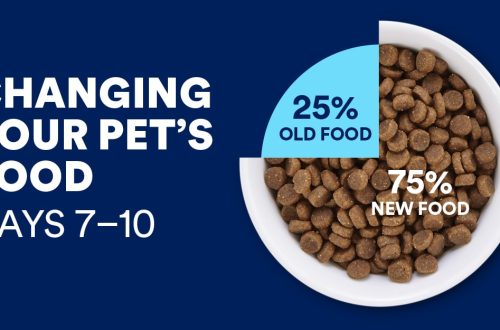
How to teach a puppy to go to the toilet outside?
Toilet training a puppy is the foundation of parenting. For inexperienced dog owners, this can be difficult, but in practice, everything is not so much easier than it seems. By their nature, dogs are not inclined to go to the toilet where they live, and the main task of the owner is to reinforce this habit in the pet in a timely manner. So we arm ourselves with useful information and take control of the situation. How to teach a puppy to walk? – 10 useful tips to help you!
1. At what age should a puppy be toilet trained? The sooner you take up education, the better, but without fanaticism. Puppies are taught to walk only after full vaccination, i.e. at about 4 months of age. Until the vaccinations are done and the quarantine has not passed, the pet should not leave the apartment.
2. Puppies are like children. And they need the same care. For the time of accustoming to walking, if possible, take a vacation, at least for 5 days. This will help you come to grips with education, timely stop the puppy’s attempts to “do things” in the wrong place and bring up in him an association with walking and the toilet. Believe me, a week of careful monitoring will be enough to not return to this issue in the future.
3. Feed the puppy at the same time. As a rule, puppies are fed 4 times a day. Spread your meals out evenly throughout the day and stick to your schedule. Why are we doing this? We read in the next paragraph.
4. Babies have fast digestion, and almost immediately after eating they will want to go to the toilet. Make it a rule to take your puppy for a walk immediately after eating. Thus, following a feeding schedule will allow you to control the puppy’s toilet and accustom him to the daily routine.

5. Puppies go to the toilet frequently and will need extra walks during the first weeks of parenting. Pay close attention to your pet’s behavior. As soon as you notice that he is worried, began to sniff (look for a place), tuck his tail, etc. – urgently grab the puppy and take him outside. Any delay in such a situation is a dangerous risk: the baby will not wait until you powder your nose.
6. If the puppy nevertheless “did things” at home, carefully erase the traces of wrongdoing. Use special products to eliminate odor (for example, Natures Miracle 8in1 odor removers). Your task is to thoroughly clean the contaminated area so that the next time the pet does not do “new things” because of the “old smell”.
7. Do not punish your puppy if he has not endured to the street. You will not solve the problem by poking his nose into the left puddle. Contrary to popular belief, dogs do not understand this action! The only thing you will achieve with such education is the intimidation of the dog and its distrust of you.
8. But what if there is no opportunity to take a vacation? How to control the puppy’s toilet when you go on business? If possible, ask relatives to walk the pet in your absence. Regardless of breed, babies are not recommended to be left alone for a long time. It is better to have at least one family member nearby. Another assistant in this matter is the cage. See next paragraph.
9. Get a special cage for dogs. No, it’s not cruel. Rather, on the contrary! Think for yourself. When you leave for work, leaving your pet alone, there is no one to look after him and he may accidentally get injured. But nothing will threaten him in a cage, it’s like a playpen for children: a guarantee of safety and comfort. In addition, the cage will help accustom the puppy to walking. The puppy will not spoil where he sleeps and eats, therefore, in order to complete his business, he will wait until he is released from the cage and taken outside. Of course, this method only works with the right approach. Leaving a small puppy in a cage for the whole day and hoping that all this time he will endure until the street is an unacceptable and cruel measure.

10. In order for a puppy to be comfortable in a crate, it must fit him in size, be spacious, and its material must be durable and safe. Some models have special dividers that allow you to adjust the size as the dog grows (for example, MidWest cages). Don’t forget to put your pet’s favorite bed, a few toys, and bowls of water and food in the cage. Then the ideal (and safe) leisure time for the baby will be provided!
Patience to you! We hope that the process of education will not be a difficult job, but a pleasant interaction with your four-legged friend, setting up a wave of trust and friendship.





